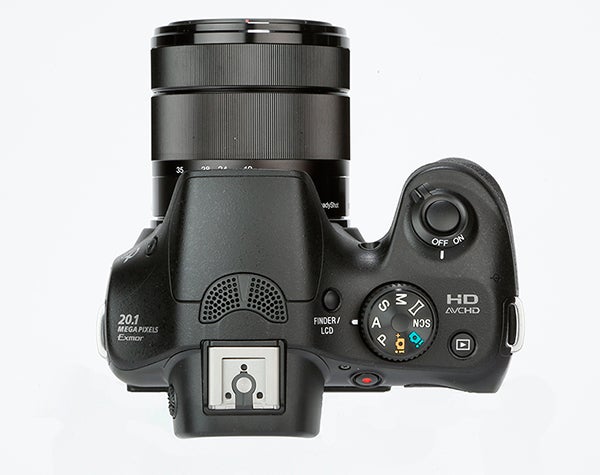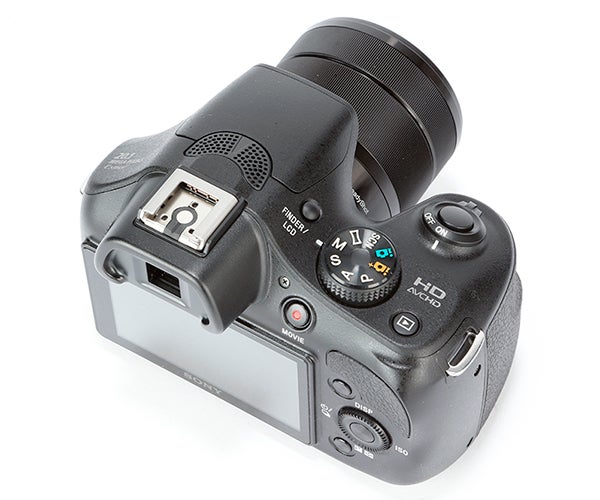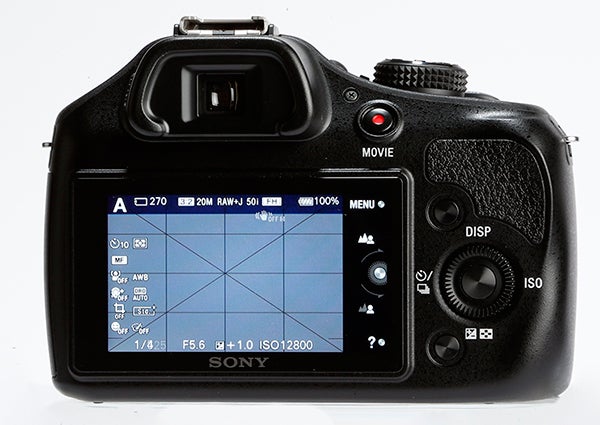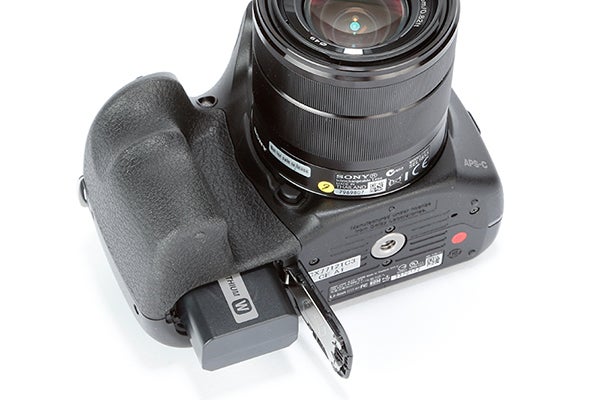Sony A3000 Review - Design and Performance Review
Design and Performance
A DSLR-style camera for just £350 sounds like a great idea, is it?

Sections
- Page 1 Sony A3000 Review
- Page 2 Design and Performance Review
- Page 3 Image Quality and Verdict Review
Sony A3000: Design
As mentioned previously, in terms of the Sony A3000’s design most keenly brings to mind the entry-level DSLR market. Unfortunately, the general design and build quality leaves it lagging actual DSLRs.
It’s substantially lighter than the Canon EOS 1100D, Nikon D3200 or Pentax K-500, but in this instance that’s not necessarily a good thing. The plastic body feels like a hollow shell when tapped and features a slight flex when tightly gripped – it doesn’t feel like a quality camera.
SEE ALSO: Read more camera reviews

The buttons aren’t much better. For example, the shutter button makes a concerning ping sound when pressed, and has a distinct bounce. The top panel also feels poorly mounted and as though it might break easily.
This lacklustre build quality is a shame considering the actual physical design and control layout is pretty good. The substantial handgrip gives a good hold over the camera and the controls on the rear of the camera are intuitive. These include a decent size rotary bezel and d-pad, which let you access most of the controls with minimal fuss.
But none of this excuses the poor fit and finish.

Sony A3000: Performance
The Sony A3000 performs much like it feels, too. In fact, there are more performance flaws than there are standout elements.
One area that does impress is the Sony A3000’s battery life. The battery uses Sony’s InfoLitihium technology, which monitors the battery life and then gives a read out in terms of percentage value. This readout is far preferable to a simple three-bar read-out, and thus can really help keeping track of the remaining battery life. The A300 manages well over 400 shots on a single charge, too, which puts close to the top of its class.

Outside of this, however, there are few highlights. Operational speed and the shooting speed is lacking. The A3000 takes around three seconds to power up, which is slower than most cameras in its class.
The A3000’s burst mode is pedestrian in comparison with some competing cameras. The maximum burst mode is 2.5fps, which is well behind some other cameras in the class, while the buffer capacity is just five JPEG files, falling to three frames in Raw JPEG.
These figures are mirrored by some poor shot-to-shot speeds – when shooting JPEG files there is a delay of over a second, and if you’re shooting Raw JPEG files then it raises to well over two seconds.

Once again, these speeds are not entirely exceptional in terms of how slow they are, but they are some way behind the similar DSLRs with which the A3000 is no doubt looking to compete.
The final poor area of the camera’s performance is the focus speed and operation. When utilising the kit lens the camera is particularly slow thanks to a slow motor. It’s better with other lenses, but in dark conditions it gets worse still.

